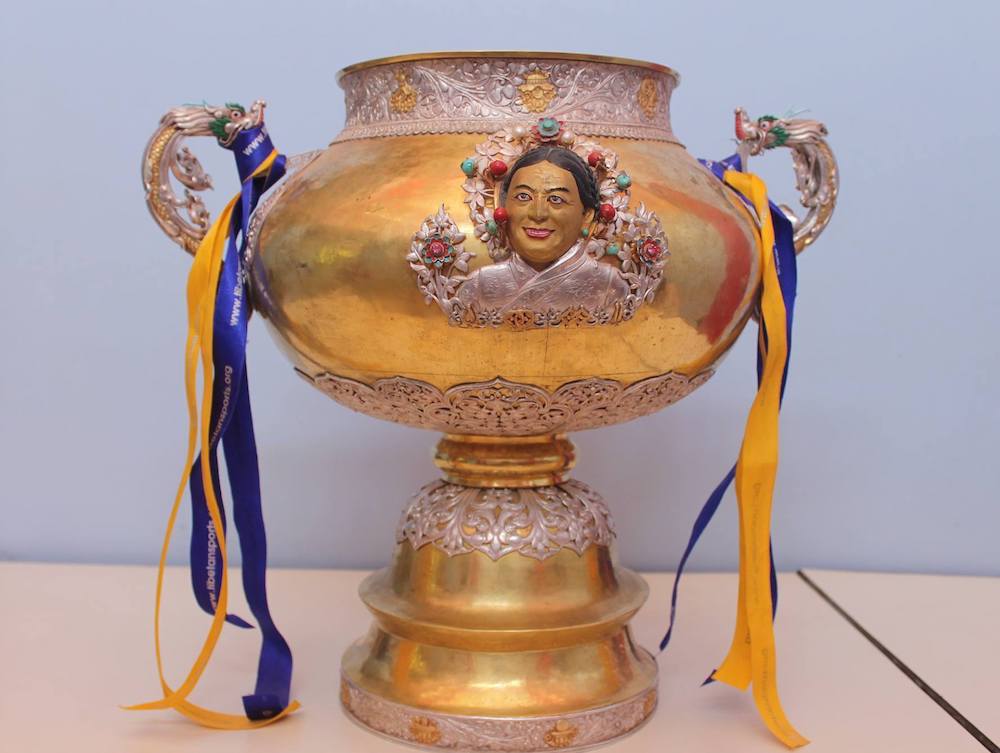By Shilpa Kannan
Microchip shawls to save wildlife
 The government of Jammu and Kashmir in India has started a new scheme in which microchip tags are used for all registered Tibetan antelope products.
The government of Jammu and Kashmir in India has started a new scheme in which microchip tags are used for all registered Tibetan antelope products.
They hope that this will check illegal trade in valuable wool that comes from the creatures used to make shawls.
The scheme was initiated on the orders of the Indian Supreme Court.
The aim of the move is to implement a total ban on antelope wool known as shahtoosh. It has been welcomed by conservationists.
Huge demand
They say that there are increasing fears about the antelopes being pushed to extinction.

Any person found in Kashmir with a shahtoosh shawl without a digital tag and ownership certificate can face imprisonment of up to six years.
Shahtoosh is fine wool made from the endangered Tibetan antelope, locally known as the chiru.
Found only in high Himalayas, the chiru has been killed in large numbers for the wool.
India says its current chiru population is between 70,000 to 80,000.
International trade in shahtoosh products was banned in 1979 under the Convention on International Trade in Endangered Species (Cites).
Wildlife activists have blamed western countries for the demand.
In India, the shawls cost between $1,000 to $5,000 (40,747 to 203,747 Indian Rupees) but internationally they can sell for up to $20,000 (815,000 Indian Rupees).
Total ban
Trade in shahtoosh was banned throughout India except in the state of Jammu and Kashmir which follows a different legal system from the rest of the country.

That prompted Ashok Kumar, an Indian wildlife campaigner, to petition the courts in Jammu and Kashmir asking them to ban totally the trade in shahtoosh products.
In December 2005 the Supreme Court ordered the Jammu and Kashmir wildlife department to make an inventory of genuine users of shahtoosh and give them a certificate of ownership.
‘Gram weight’
Wildlife officials will now receive special training to stitch little microchips in the corners of each shawl.
The electronic transponders are smaller than a matchstick and weigh less than a gram each.
 Officials used to stamp the shawls or add cloth patches which marked them as legal.
Officials used to stamp the shawls or add cloth patches which marked them as legal.
This led to protests by shawl owners who said it defaced the shawl and made the value go down.
Shahtoosh, which means “king of wools” in Persian, is more delicate than human hair. The shawls are so fine that they can pass through a wedding ring.
A single shahtoosh shawl requires the wool of four to five such antelopes – and conservationists estimate that 20,000 chirus are killed annually.
Mr Kumar hopes that the rest of India will take similar steps to check the flourishing illegal trade in shahtoosh.









